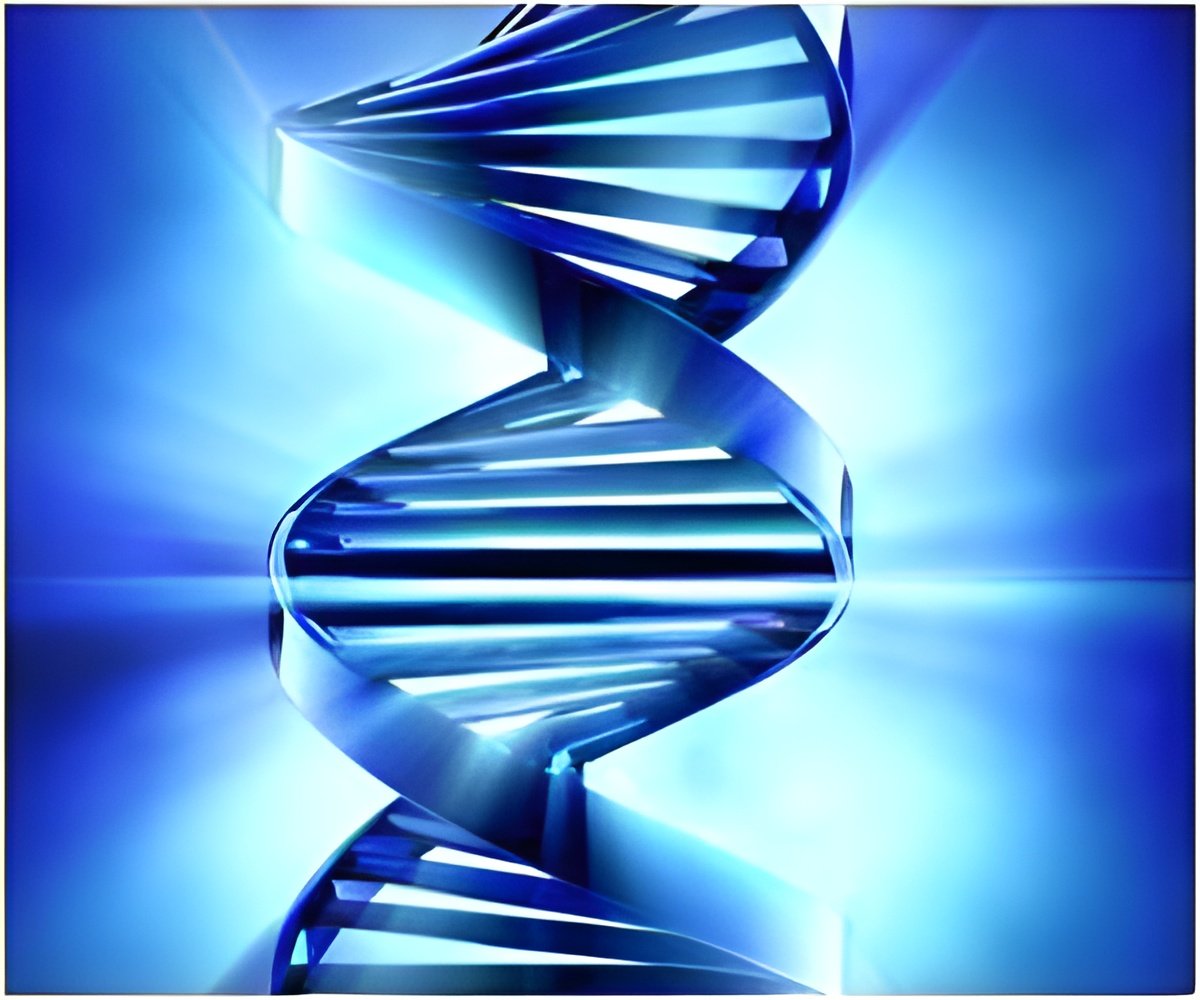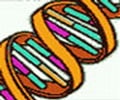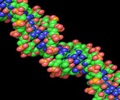
By looking at the numbers and types of mutations in a cell's DNA, researchers were able to assess whether the cell had divided a few times or many times and detect the imprints, known as signatures, of the processes of DNA damage and repair that the cells had been exposed to during the life of the individual. Furthermore, comparing each cell's mutations with those of other cells in the body enabled scientists to map out a detailed tree of development from the fertilised egg.
"With this novel approach, we can peer back into an organism's development," says Dr Sam Behjati, first author from the Wellcome Trust Sanger Institute. "If we can better understand how normal, healthy cells mutate as they divide over a person's lifetime, we will gain a fundamental insight into what can be considered normal and how this differs from what we see in cancer cells."
The team looked at mouse cells from the stomach, small bowel, large bowel and prostate. The single cells were grown to produce enough DNA to be sequenced accurately. Eventually, single-cell sequencing technology will develop so that this type of experiment can be conducted using just one cell. However, the tiny amounts of DNA in single cells mean that mutation data are not currently precise enough to reconstruct accurate lineages.
The researchers recorded differences in the numbers of mutations in cells from the different tissues studied, likely attributable to differences in rates of cell division. Moreover, different patterns of mutation were found in cells from different tissues, suggesting that they have been exposed to different processes of DNA damage and repair, reflecting different lifetime experiences.
This experiment used healthy mice. If mutation rates are similar in human cells, these techniques could be used to provide an insight into the life histories of normal human cells.
Advertisement
Advertisement








